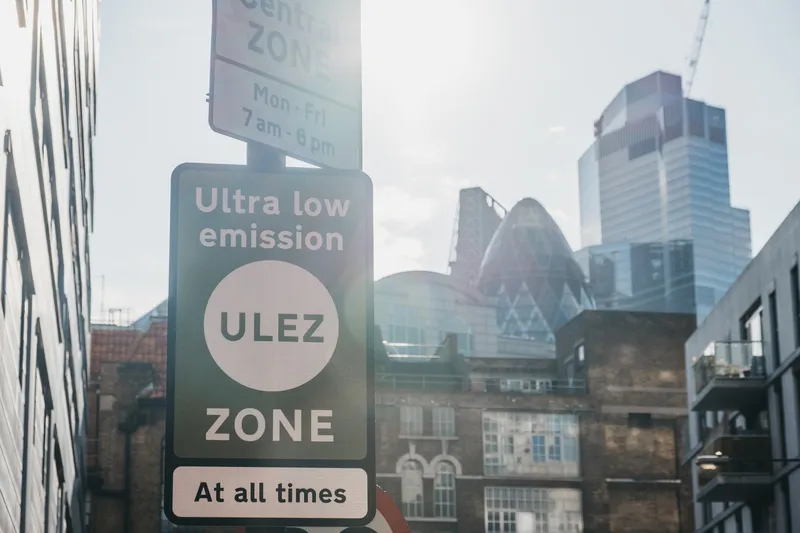The latest annual Office of Rail and Road (ORR) rail freight statistics show consistent expansion in the key consumer and construction rail freight markets with record levels of traffic, according to the Campaign for Better Transport, demonstrating the potential and demand for rail freight services. This year has been a period of transition for the industry as it adjusts to the deep decline in coal traffic.
Construction traffic increased by seven per cent and consumer traffic by six per cent in 20016/7, increasing each quarter, compared to the previous year. The final quarter figures show 9 per cent consumer and 11 per cent construction traffic increases compared to the same quarter in the previous year.
Philippa Edmunds, freight on rail manager, Campaign for Better Transport, said: “Rail freight is the safer, cleaner way to transport freight which reduces road congestion and improves productivity; furthermore, it can help the Government meet its challenging targets to reduce air pollution as it produces 90 per cent less PM10 particulates and up to 15 times less nitrogen dioxide emissions than HGVs for the equivalent journey.”
She added: “Given these socio-economic benefits, the Government must set affordable charges in its current ORR review and continue to upgrade the rail freight network to cater for the suppressed demand for consumer and bulk services.”
Latest annual rail freight figures show the future for rail freight, say campaigners
The latest annual Office of Rail and Road (ORR) rail freight statistics show consistent expansion in the key consumer and construction rail freight markets with record levels of traffic, according to the Campaign for Better Transport, demonstrating the potential and demand for rail freight services. This year has been a period of transition for the industry as it adjusts to the deep decline in coal traffic.
June 9, 2017
Read time: 2 mins









